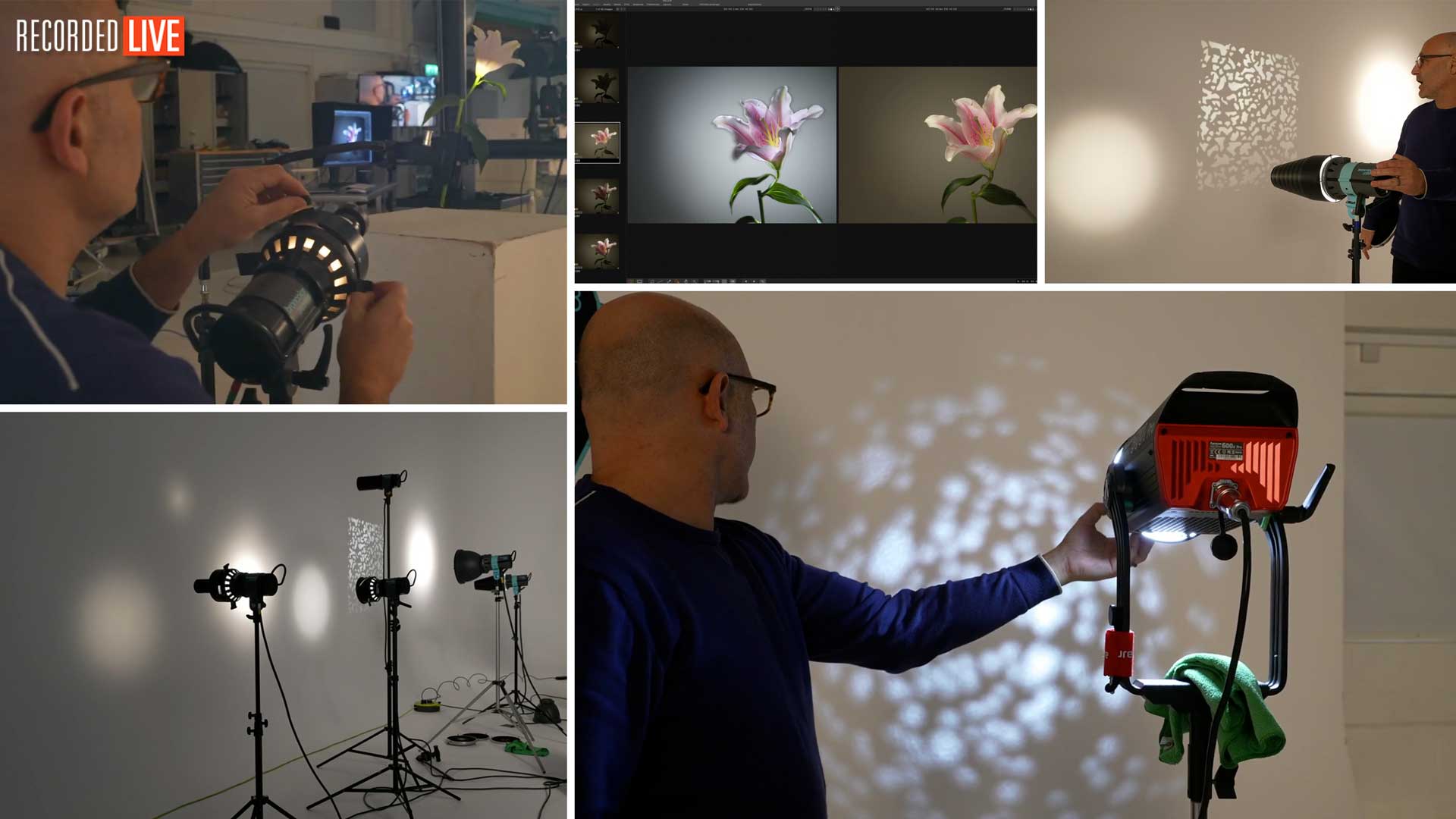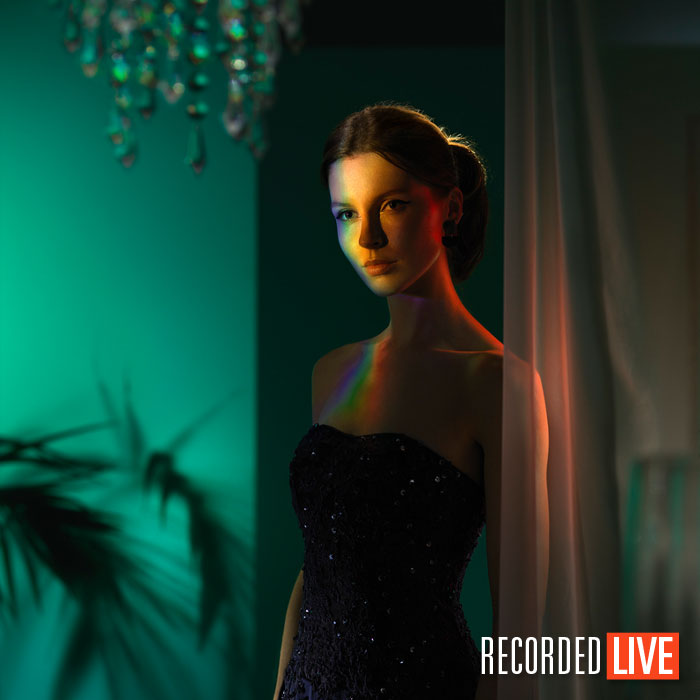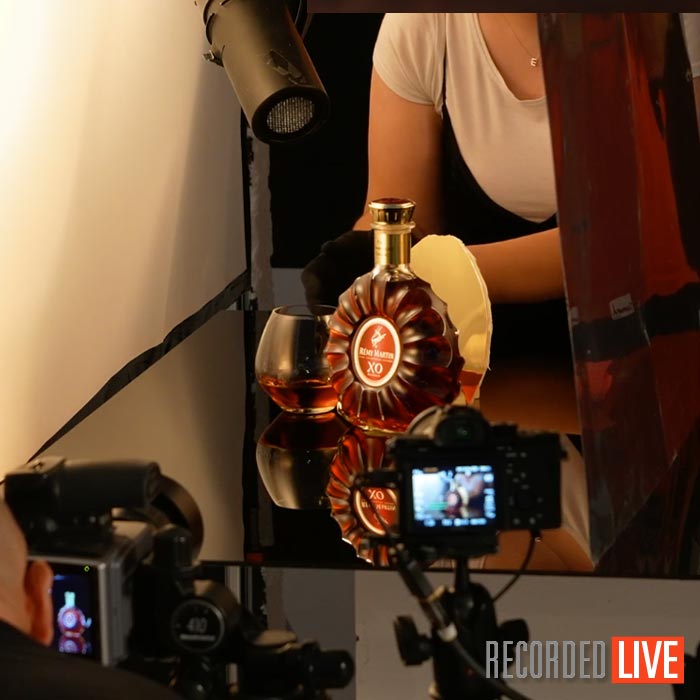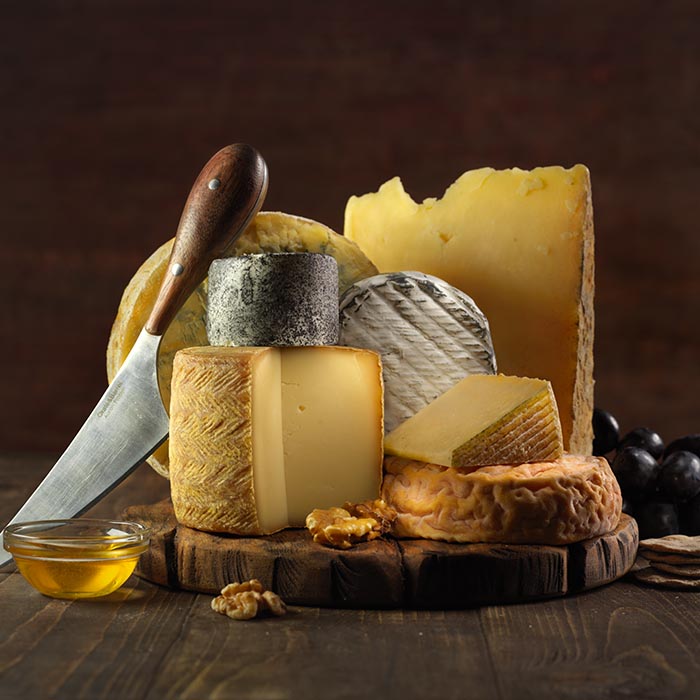Precision Lighting: Modifiers and Techniques
Keep your lighting precise with these handy modifiers.
In this photography lighting workshop, recorded LIVE, Karl introduces you to some of his favourite modifers for precision lighting in the studio.
As he demonstrates projection attachments, Picolites, Fresnels, snoots, and many more, he answers members’ questions about lighting equipment and techniques.
Next, it's time to start shooting. As Karl works meticulously to light a lily using a selection of the modifiers he’s just discussed, he shows you how to put your precision lighting knowledge into practice.
In this class:
- Lighting modifiers for studio photography
- Precision lighting techniques
- Long-exposure photography techniques
Some of the other classes Karl refers to include:
- Fashion Photography Using Laser Lighting and Flash Photography
- Still Life Pasta: Long-Exposure Lighting Techniques
- Food Photography With Anna Pustynnikova
Questions? Please post them in the comments section below.






Comments
Hello, Im a bit confused. How 1/4 shutter speed works with flashes? I can understand how it works with continuous light and how works with background exposure, not with flashes. How a slower shutter speed than synch speed works? I used to know I should use a shutter speed that isnt slower than my camera sync speed. Thank you!
Hi Alessandra, you can use flash with any shutter speed from the sync speed and slower. Essentially all that happens as you go slower is that you will start to record other existing ambient/continuous light as well as the burst of flash which is the exact reason I did it in this class as I wanted the flash and the background light which was continuous in this case so that I could apply my little motion trick with the flower.
My £0.02 on the speedlight option: I have used the Godox S1/S2 clamps with Bowens mount projectors and speedlights and they do work ok if you put a bit of diffusion in front of the light, however the best option for a spot projector on a speedlight I have found is Spiffy Gear’s LightBlaster:-
https://spiffygear.com/light-blaster/
It works best if the speedlight is zoomed all the way in, for the same reason Karl demonstrated using the Fresnel lens and the shadow quality – when it’s zoomed in, the retracted tube and reflector dish fill the entire rectangular (or circular) Fresnel lens on the front of the speedlight with light, giving a larger light source that fills the GoBO properly (you also get more useable light out of the projector as more of it goes forwards). The best light source I have found for the Lightblaster though, is the Godox AD200. It doesn’t zoom, however it makes up for this with raw output at 200J. The LightBlaster also uses a Canon EOS mount lens to focus the light. I use a Yongnuo 50mm f/1.8 EOS mount lens on mine – it’s light and inexpensive.
In terms of GoBOs for the Lightblaster, they do sell a limited number, but I found Rosco size E metal GoBOs fit quite nicely, giving access to their vast catalogue of shapes and patterns. Here’s how I mount them:-
https://owenlloydphotography.com/more-gobo-options-for-your-lightblaster/
Note: there is an adapter that allows you to use the Lightblaster with a studio head consisting of a clamp that fits into a variety of reflector dishes with a shroud, but I don’t recommend it. I tested it with a 600J head and it produced ~2.5 stops *less* light at the centre of the projection than a zoomed in ~70J speedlight. It also produces a nice image of your flash tube in the projection :-/
Thanks for a great live show as always: the production quality and teamwork on these is second to none – better than a lot of edited content 🙂
Thanks Owen for this great information for our members. Cheers Karl.
hey karl
its a great course
i am little bit confused
when we use honeycomp it diffused the edge of the light beam but when i think about this it makes the beam smaller so the light source is smaller and its should be harder but that was not happened it become softer (edges)
another thing when u use the metal sheet with a open in the middle of it to it makes the light source smaller shouldn’t it become harder
another thing
what happened when we use diffused material in front of p 70 reflector is it become softer and if it become why that happened when the light source still the same size
Hi Amr, no it doesn’t become softer because the light source is the same size, just the appearance of the light spread on the wall changes but the shadow cast by an object in front of the light will be very similar.
Hi Amr, yes you are getting confused. What you see on the wall is not ‘hardness’ of the light source it is essentially an image of the light source. The ‘hardness’ can be see when I put the metal pole in front of the light source and what happens to each shadow, you will see the ‘hardness’ of that shadow change. That’s what we are talking about when we refer to hardness or softness of lighting is the what type of shadows the subject being lit by the light source will create.
Thank you karl
Hi Karl,
Very useful tips and tricks as always. Hope the lens is oké. Keep up the good work.
Thank you. I’ve actually had to send it back for repair!😬
I love this live show. As informative and useful as always.
Thank you!!!
Thanks Karl crystal clear and so inspiring like always!
Magnus
Cheers!
If I rent a studio, I see if they have this. Thanks for having these live shows every few weeks or once a month.
very good enjoy it to the full thanks again
Thanks Frank.
Regarding the question about Godox projection unit with a speedlight. Godox makes an “S2 Speedlite Bracket for Bowens.” This makes it possible to use anything with a bowens fitting (including their projection unit) with any speedlight. However, make sure your speedlight has a modeling lamp function. Without that, you have no way of previewing where the direction of the light nor the sharpness. When you’re trying to throw a very specific, small light, you have to be able to aim & focus it beforehand. Also, the projection unit greatly reduces the power from any source, and with most speedlights, you’re not starting out with very much.
Thank you for that information.
Hi Karl,
Great video. I am not trying to criticize at all but I think you might be mistaken that projection attachment you have is made by Godox. http://www.godox.com/projection-attachment/
I use the Godox one which unfortunately is EXTREMELY complex to order as you basically have to “build” it. For the benefit of your viewers I will list the godox parts needed for a Godox projection attachment for bowens mount.
Godox SA-P1 Projection Attachment (for S30 Focusing LED light originally)
Godox SA-06 Iris Diaphragm (not required but very very useful to control size of projection)
Godox SA-07 Framing Shutters set of 4 (like the “blades” in the pico light attachment)
Choose a lens SA-02 60mm, SA-01 is the 85mm and SA-03 is the 150mm
Godox Gobo Holder SA-10
Godox precut Gobos sets are models SA-09 001, SA-09 002, SA-09 003 and SA09-004
Lastly you must buy the SA-17 Bowens Mount to S30 Mount adapter to fit on your lights. There is a useless frosted glass in this adapter that I smash out with a hammer as all it does is reduce light output.
All of this (depending on options) will cost you about 300 to 400USD give or take. More if you order multiple lenses.
In any case, if I could go back in time I would have ordered a different simpler bowens compatible attachment from another company but I have these and they work fine for me.
And by the way the adapter to use your speedlights and smaller godox strobe models in this attachment or any other bowens mount modifier is the Godox S2 Bracket.
Hi, thank you for that information, I wasn’t aware of that particular model so that is useful for our viewers.
An outstanding explanation/demonstration of the various modifiers. I’ve sort of known the differences, but you’ve taken me to a deeper level of understanding. The flower shoot was superb; the deep-dive into your creative thinking was priceless as usual. And kudos to your team — they do a great job of conveying your message.
Thank you Edward, much appreciated. Cheers Karl.
Hi Karl,
comparing the precise lighting with a softbox, positioned in the front of the lilly, saying it looks boring is honestly not fair. Lighting from the front is in many cases boring, your own words!
The results with softboxes in other positions in your flowers live show are very good:-)
Just wanted to mention it!
Kind regards from Hamburg,
Volker
Hi Volker, yes this is a good point but I did also introduce two harder sculpting lights to improve the lighting which even with a backlit softbox was still simplistic. My point in showing the softbox as being boring in this class was to show how inexperienced photographers often position them when they are new to studio photography. However your point is still valid so here is the link to the other show for people reading this comment: https://visualeducation.com/class/live-photography-workshop-fine-art-flower-photography/
Thank you very much👍😀
Hi Karl.
When using the constant light, and change the shutter speed, did you also adjust the ISO, or keep the ISO at 100?
Thanks,
Mark
Hi Mark, the ISO remained at 100ISO throughout the whole show.
Hi Karl, there are many speedlight mounts, eg Interfit, Godox etc that allow flashguns/speedlights to be clamped into the mount and offer up a Bowens type mount for modifiers like the Godox projection attachment (which I have and with the blades option, works well).
I have several of this mounts so can mount any Bowens mounted modifier, beauty dish, softbox, fresnel, etc etc to all my flashguns. All work well.
An example would be https://www.interfitphoto.co.uk/modifiers-c15/speedlight-accessories-c21/interfit-speedlite-bracket-p340. Amazon too, not surprisingly …
Hello Barry, thank you for the extra information I’m sure this will be very useful to our members viewing this class. Cheers Karl.
Really, Really looking forward to watching this event.